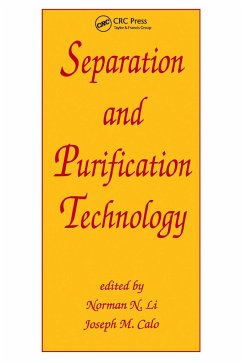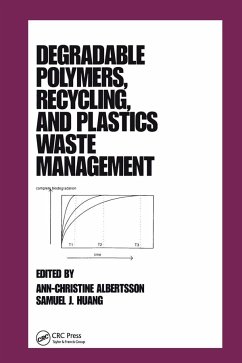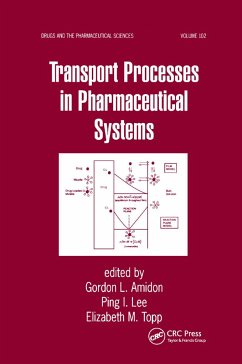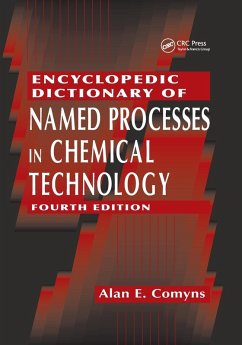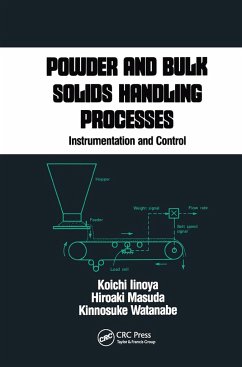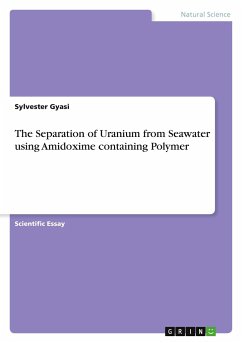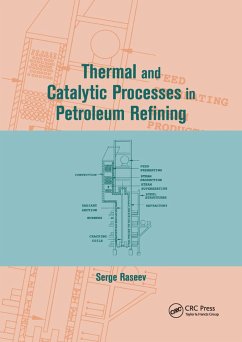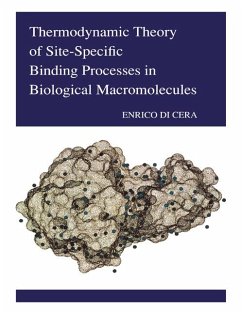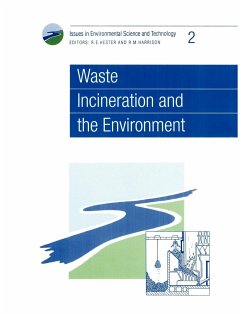
Separation Processes in Waste Minimization

PAYBACK Punkte
41 °P sammeln!
This work offers an accessible discussion of current and emerging separation processes used for waste minimization, showing how the processes work on a day-to-day basis and providing troubleshooting tips for equipment that doesn't function according to design specifications. It describes the fundamentals of over 30 processes, types of equipment ava





